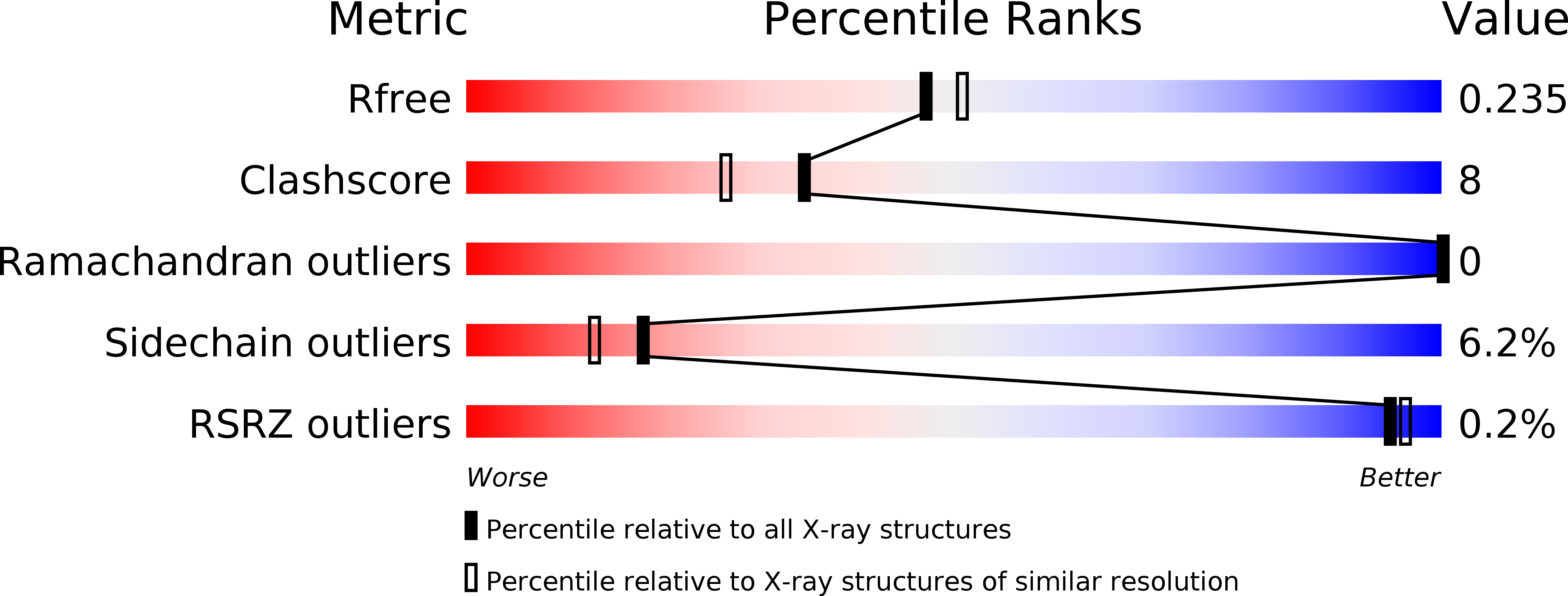
Deposition Date
2009-05-11
Release Date
2009-09-29
Last Version Date
2024-11-20
Entry Detail
PDB ID:
2WIE
Keywords:
Title:
High-resolution structure of the rotor ring from a proton dependent ATP synthase
Biological Source:
Source Organism:
ARTHROSPIRA PLATENSIS (Taxon ID: 118562)
Method Details:
Experimental Method:
Resolution:
2.13 Å
R-Value Free:
0.23
R-Value Work:
0.19
R-Value Observed:
0.19
Space Group:
P 63 2 2


